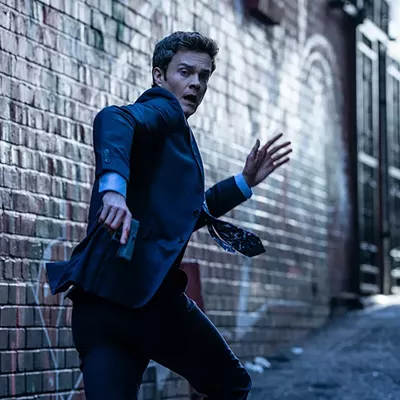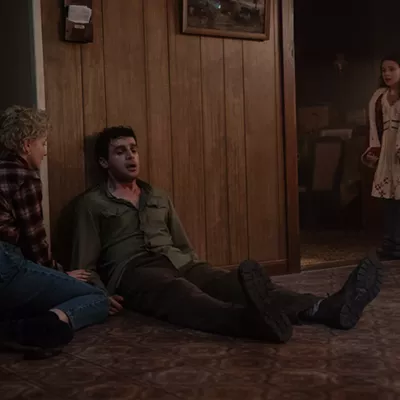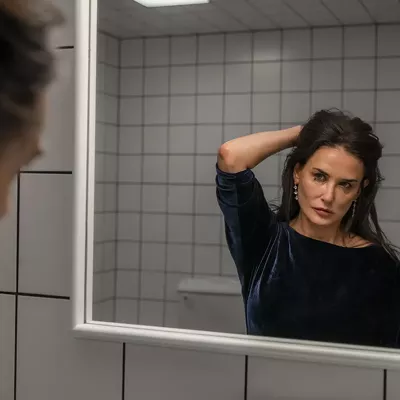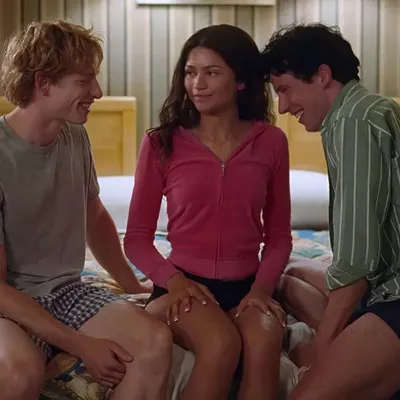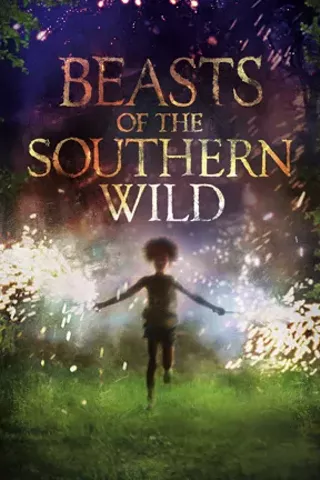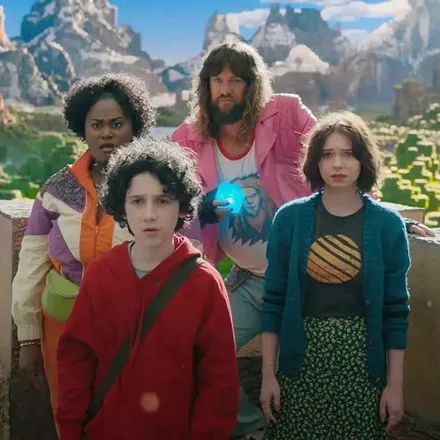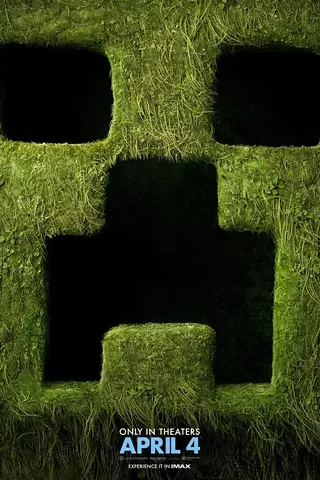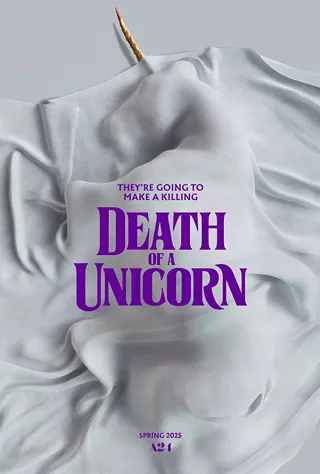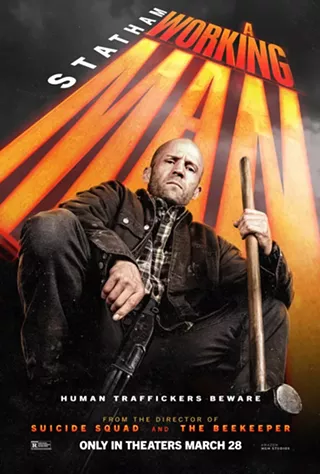Does a place like The Bathtub really exist? There are certainly dirt-poor areas in the bayou near New Orleans, but do they celebrate a holiday every day? Do its residents all get along and get together for nightly feasts?
The odds are, no, places like The Bathtub don't exist. That's why we need someone to invent them.
Beasts of the Southern Wild uses an impending storm à la Hurricane Katrina and a kind of mawkish bayou backdrop to create one of the most beautiful fantasies in recent American cinema. The denizens of The Bathtub are poor, yet blissfully happy. Its most curious resident might be Hushpuppy (Quvenzhané Wallis), a 6-year-old girl who, in telling us her story, also reveals the spirit of the place she calls home.
Storm or not, dwellers of The Bathtub won't leave on their own; maybe they don't know how bad they have it, or maybe the truth is they don't have it bad at all, since they seem to enjoy every moment of every day. But the unavoidable fact of nature is that a storm is on its way, and it will ruin The Bathtub and likely kill many who live there should they stay.
Hushpuppy has her own house, a doublewide on stilts that no doubt washed to its current resting place during an earlier storm, and her father (Dwight Henry) lives in a similar trailer a few yards away. His boat is the bed of a truck, which we can also assume is a hurricane victim. Like everything else in their possession, the boat is a utilitarian solution to life in The Bathtub, and what they don't have, Hushpuppy and her father clearly don't need.
Working in unison with the literal storm clouds are more-figurative ones: Hushpuppy's father is not healthy, and we've seen enough movies to know that one condition often substitutes for another. To process these world-changing events, Hushpuppy imagines prehistoric creatures called aurochs—which she learned about because they're tattooed on her teacher's thigh—slowly closing in around her.
The fantastical nature of the story, seen through the eyes of this world-beater of a child, is a credit to director Benh Zeitlin, making his feature-film debut. When faced with an artistic decision here, Zeitlin always chooses something interesting, and often entirely original. There are moments when the angles we see or action falling out of focus is not intentional, but all the better; this is a world of unusual angles, one that is constantly out of focus.
The casting, however, is entirely in focus. Dwight Henry is not an actor. He owns a bakery in New Orleans. But his performance is deeply powerful, raw and unfiltered. He may not, from a technical standpoint, know what he's doing. But he knows his motivation, because in real life, he's a father of five, and he couldn't be any better.
Meanwhile, the hyperbole machine is already running on all cylinders for Quvenzhané Wallis. After her all-but-certain nomination is announced, you will read that she would be the youngest performer to win a competitive Academy Award. This film hangs on Hushpuppy's every word and every thought, and Wallis—underpants, rubber boots, unkempt hair, loud shrieks and all—is the perfect conduit for such an inventive piece of cinema.
This is a breathtaking, beautiful film. It's already raked in awards at Sundance and Cannes, and the accolades won't stop there. But more importantly, Beasts of the Southern Wild fundamentally challenges what it takes to be imaginative in the movies. At about the same time this was being filmed for less than $2 million around New Orleans, Battleship shot some footage near Baton Rouge. That film had a budget of nearly $210 million, and for all the effects it bought, not one of them was as special as anything in Beasts of the Southern Wild.

